Home>Garden Essentials>How Long Does It Take To Grow Pumpkins From Seed
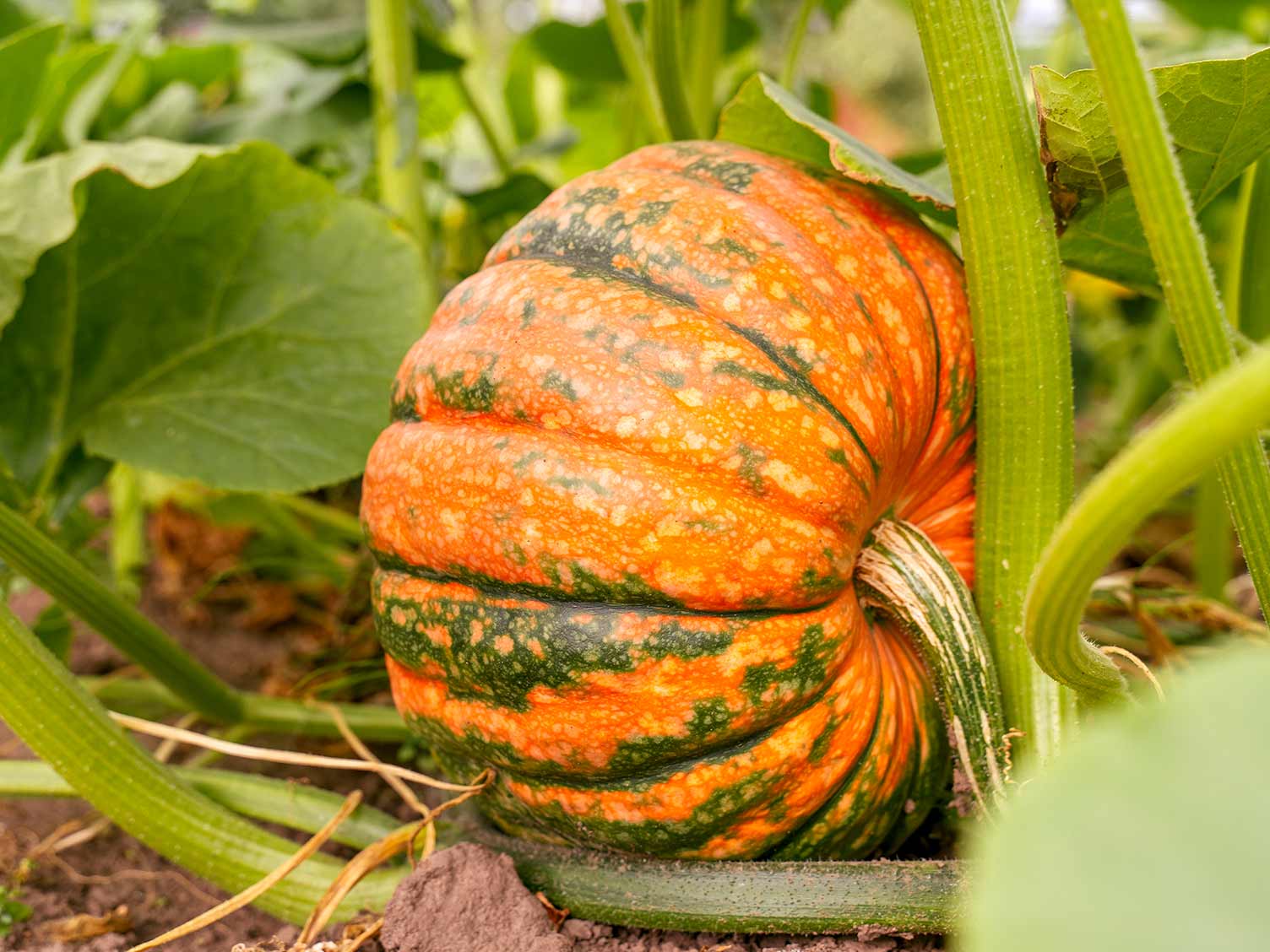

Garden Essentials
How Long Does It Take To Grow Pumpkins From Seed
Modified: April 29, 2024
Learn how long it takes to grow pumpkins from seed in your garden and get expert tips for a successful pumpkin harvest.
(Many of the links in this article redirect to a specific reviewed product. Your purchase of these products through affiliate links helps to generate commission for Storables.com, at no extra cost. Learn more)
Introduction
Growing pumpkins from seed is a rewarding and exciting experience for gardeners of all levels. Whether you’re a seasoned gardener looking to expand your crop selection or a beginner eager to try your hand at pumpkin cultivation, understanding the process and timeline for growing pumpkins from seed is essential.
Pumpkins belong to the Cucurbitaceae family, which includes other popular crops like cucumbers, melons, and squashes. They are warm-season vegetables that thrive in full sun and well-drained soil. Pumpkins are known for their vibrant orange color, distinctive shape, and versatility in both culinary and decorative purposes.
Before embarking on your pumpkin growing journey, it’s important to consider a few factors that can influence the growth and development of your plants. Factors such as the variety of pumpkin, environmental conditions, soil fertility, and proper care all play a crucial role in ensuring a successful pumpkin harvest.
In this article, we will explore the different stages of pumpkin growth, from seed to harvest, and provide insights into the timeline and factors affecting each stage. So, let’s dig in and uncover the fascinating world of growing pumpkins from seed!
Key Takeaways:
- Growing pumpkins from seed involves stages like germination, seedling, vegetative growth, flowering, and fruit development. Factors like variety, environment, and care are crucial for a successful harvest.
- Understanding the process and factors influencing pumpkin growth is essential for a bountiful harvest. From seed to harvest, providing optimal conditions and care ensures a rewarding pumpkin-growing experience.
Read more: How Long To Grow A Pumpkin From Seed
Factors Affecting Pumpkin Growth
Several key factors influence the growth and development of pumpkins. By understanding and managing these factors, you can create optimal conditions for your pumpkin plants to thrive. Let’s take a closer look at some of the key factors that affect pumpkin growth:
- Variety: Pumpkin varieties vary in size, shape, color, and growth habit. Some varieties are better suited for small gardens or containers, while others are ideal for larger spaces. Select a variety that suits your preferences and growing conditions.
- Environmental Conditions: Pumpkins are warm-season vegetables that require a minimum soil temperature of around 60°F (15°C) for optimal germination and growth. They thrive in areas with long, sunny days and moderate temperatures, typically between 70°F and 85°F (21°C-29°C). Ensure your location provides enough sunlight and warmth for the pumpkins.
- Soil Fertility: Pumpkins require rich, well-drained soil with a pH level between 6.0 and 7.0. Prepare the soil by adding organic matter like compost or well-rotted manure to improve fertility and drainage. Conduct a soil test to determine if any amendments, such as lime or sulfur, are needed to adjust the pH level.
- Watering: Adequate and consistent watering is vital for healthy pumpkin growth. Young pumpkin plants need regular watering to establish their root systems, while mature plants require deep watering to ensure the fruit develops properly. Water the plants deeply at the base, avoiding overhead watering to prevent disease. Maintain soil moisture but avoid waterlogged conditions.
- Nutrition: Pumpkins are heavy feeders and benefit from regular fertilization. Before planting, incorporate a balanced fertilizer or compost into the soil to provide essential nutrients. Throughout the growing season, supplement with a nitrogen-rich fertilizer to promote foliage development and switch to a phosphorus-rich fertilizer to support fruit growth.
- Pest and Disease Management: Pumpkin plants are susceptible to various pests and diseases, including aphids, squash bugs, powdery mildew, and bacterial wilt. Monitor your plants regularly, and take preventive measures such as using organic pest control methods, practicing crop rotation, and providing adequate air circulation to prevent disease spread.
- Weed Control: Weeds compete with pumpkin plants for nutrients, water, and space. Keep the pumpkin patch weed-free by regularly cultivating the soil and applying organic mulch around the plants. Mulching not only suppresses weeds but also helps retain soil moisture and regulate soil temperature.
By paying attention to these factors and implementing appropriate measures, you can create an optimal growing environment for your pumpkin plants. Now that we’ve covered the factors affecting pumpkin growth, let’s delve into the various stages of pumpkin growth and explore the timelines associated with each stage.
Germination Period
The germination period is the initial stage of pumpkin growth when the seeds sprout and develop into seedlings. The germination period for pumpkin seeds typically ranges from 5 to 10 days, although it can vary depending on various factors such as soil temperature, moisture, and seed quality. Here’s what you need to know about the germination process:
Seed Selection: Start by selecting high-quality pumpkin seeds from a reliable source. Look for seeds that are plump, firm, and have a good reputation for germination success. It’s also essential to choose pumpkin varieties that are well-suited to your growing region and desired characteristics.
Soil Preparation: Prepare the planting bed by loosening the soil, removing any debris or weeds, and amending it with organic matter to improve fertility and drainage. Pumpkin seeds prefer well-draining soil, so avoid compacted or waterlogged areas.
Planting: Plant pumpkin seeds directly into the soil once the danger of frost has passed and the soil temperature has reached a minimum of 60°F (15°C). Create small mounds or hills about 1-2 feet apart with 2-3 seeds planted in each mound. Plant the seeds about 1 inch deep and cover them with soil, gently firming it down.
Moisture: Ensure that the soil remains consistently moist during the germination period. Water the seeded area gently, avoiding overwatering that may lead to seed rot. A light misting or gentle watering is sufficient to keep the soil moist until the seeds sprout.
Temperature: Pumpkins thrive in warm soil temperatures, ideally between 75°F and 85°F (24°C-29°C), for successful germination. If the temperature drops below this range, germination may be delayed or hampered. Consider using row covers or black plastic mulch to help raise soil temperature and protect young seedlings from cold snaps.
Germination: After planting, closely monitor the area for signs of germination. Typically, pumpkin seeds will begin to sprout within 5 to 10 days under optimal conditions. Look for small seedlings with cotyledon leaves emerging from the soil.
Thinning: Once the seedlings have emerged, it’s necessary to thin them out, leaving only the strongest plant in each mound. This ensures that the remaining plants have enough space, light, and nutrients to grow vigorously.
By providing the right environment and care during the germination period, you can ensure a successful start to your pumpkin growing journey. As the seedlings grow, they will enter the next stage of development, known as the seedling stage. Let’s explore what happens during this critical phase.
Seedling Stage
The seedling stage is a crucial period in pumpkin growth as the young plants establish their root systems and develop their true leaves. It follows the germination period when the seedlings emerge from the soil. During this stage, proper care and attention are essential for ensuring healthy growth and preparing the seedlings for the vegetative growth phase. Here’s what you need to know about the seedling stage:
Development of True Leaves: After germination, the seedlings will initially develop cotyledon leaves, which are seed leaves that provide nutrition to the young plant. In the seedling stage, the true leaves will start to appear. True leaves are the characteristic leaves of the pumpkin plant that resemble the mature foliage. These leaves are essential for photosynthesis and will continue to develop as the plant grows.
Light and Temperature: Provide the seedlings with ample light by placing them in a location with direct sunlight or by using artificial grow lights. Aim for around 14-16 hours of light per day to promote strong and sturdy growth. Additionally, maintain a temperature range of 70°F to 85°F (21°C-29°C) to provide optimal conditions for the seedlings’ growth.
Watering: Ensure consistent, but not excessive, moisture for the seedlings. Water the seedlings at the base of the plants, avoiding overhead watering, which can promote disease. Use your finger or a moisture meter to assess the moisture level in the soil and water when it feels dry at the root level. Maintain a moist but not waterlogged environment.
Fertilization: At this stage, the seedlings will benefit from a mild dose of liquid fertilizer, such as a diluted balanced organic fertilizer. Apply the fertilizer once the seedlings have a few true leaves. Follow the instructions on the fertilizer packaging for the correct dilution ratio and frequency. Fertilizing will provide the necessary nutrients for healthy growth.
Hardening Off: Before transplanting the seedlings outdoors, it’s crucial to harden them off gradually. Hardening off is the process of acclimating the seedlings to outdoor conditions, including fluctuations in temperature and exposure to wind and sunlight. Start by placing the seedlings in a sheltered spot outdoors for a few hours a day, gradually increasing the time and exposure over the course of a week.
Transplanting: Once the seedlings have been hardened off, and all risk of frost has passed, it’s time to transplant them into the garden or containers. Space the seedlings according to the recommended spacing for the pumpkin variety. Dig holes as deep as the root ball and twice as wide, gently remove the seedlings from their containers, and place them into the holes. Backfill with soil, firming it gently around the roots, and water thoroughly.
By providing proper care, light, and nutrition during the seedling stage, you’ll ensure strong and healthy plants as they prepare for the next phase of growth – the vegetative growth stage. Let’s explore what happens during this exciting stage of pumpkin development.
Vegetative Growth
The vegetative growth stage is a period of rapid development for pumpkin plants, where they focus on growing foliage and establishing a strong root system. During this stage, the pumpkin vines will start to spread and produce an abundance of leaves. Understanding how to support and manage vegetative growth is crucial for promoting healthy, vigorous plants. Here’s what you need to know about the vegetative growth stage:
Foliage Development: In the vegetative growth stage, the pumpkin plants will experience a surge in leaf production. The leaves play a vital role in photosynthesis, converting sunlight into energy to fuel growth. The foliage should be lush, vibrant, and evenly distributed along the vines.
Support and Space: Pumpkin vines can grow quite long and require ample space to spread. Provide support, such as trellises or sturdy fences, to help train the vines upward and prevent them from sprawling on the ground. This not only saves space but also improves air circulation, reducing the risk of diseases. Ensure sufficient spacing between plants to avoid overcrowding.
Watering: Deep and consistent watering is crucial during vegetative growth. Provide a deep watering once or twice a week, allowing the soil to dry slightly between waterings. Be sure to water at the base of the plants to keep the foliage dry and reduce the risk of disease. Monitor the soil moisture level regularly and adjust watering as needed based on rainfall and temperature.
Fertilization: Pumpkins are heavy feeders and require regular fertilization during the vegetative growth stage. Apply a balanced granular or water-soluble fertilizer every 2-3 weeks to provide essential nutrients. High nitrogen fertilizers can help promote lush foliage development. Follow the instructions on the fertilizer packaging for accurate application rates.
Weed Control: Weeds can compete with pumpkin plants for nutrients and stifle their growth. Regularly remove weeds from the pumpkin patch, taking care not to disturb the shallow roots of the plants. Mulching around the plants with organic materials like straw or wood chips can help suppress weeds and conserve moisture.
Pruning: Although not necessary, some gardeners choose to prune their pumpkin plants to control the size and reduce potential disease issues. Pruning involves removing excess foliage or any weak or diseased branches. It can also help redirect the plant’s energy towards fruit production. However, be cautious not to over-prune, as the foliage is essential for photosynthesis.
Pest and Disease Management: Regularly inspect your pumpkin plants for signs of pests or diseases and take appropriate action. Common pests include squash bugs, cucumber beetles, and vine borers. Practice proactive pest management techniques such as handpicking, using organic insecticides, or employing physical barriers. Monitor for diseases like powdery mildew and apply appropriate fungicides if needed.
During the vegetative growth stage, it’s important to maintain a healthy balance between foliage development and fruit production. With proper care and management, your pumpkin plants will be well on their way to reaching the next exciting stage of their growth journey – flowering and pollination. Let’s explore this critical stage in the life of a pumpkin plant.
Pumpkins take about 90-120 days to grow from seed to harvest. Plant seeds in late spring after the last frost for a fall harvest. Keep soil moist and provide plenty of sunlight for best results.
Flowering and Pollination
The flowering and pollination stage is a crucial period in pumpkin growth that determines the development of fruits. During this stage, the pumpkin plants produce vibrant and beautiful flowers, and their successful pollination leads to the formation of the iconic pumpkin fruits. Understanding the process and factors involved in flowering and pollination is essential for a bountiful harvest. Here’s what you need to know:
Flower Formation: Pumpkin plants produce both male and female flowers on the same plant, known as monoecious plants. The male flowers typically appear first, showcasing long stems with bright yellow petals. Female flowers, identified by their bulbous base, will follow shortly after.
Pollination: Pumpkin flowers depend on pollination to set fruit. Pollination can occur through various means, including insects like bees, butterflies, and other flying insects. Bees play a particularly crucial role in pollinating pumpkin plants, so it’s important to create a pollinator-friendly garden by planting flowers that attract bees. Adequate plant spacing and proper pesticide use are also vital to protect pollinators.
Hand Pollination: If you’re experiencing a shortage of pollinators or want to ensure successful fruit development, you can perform hand pollination. To hand-pollinate, gently remove a male flower from the plant and brush the pollen-covered stamen inside the female flower’s stigma. Repeat this process with multiple flowers to increase the chances of successful pollination.
Timing of Flowering: Flowering typically occurs when the plant reaches a certain level of maturity, which can vary depending on the pumpkin variety and growing conditions. Generally, pumpkin plants start producing flowers around 35-45 days after planting. Adequate sunlight, proper nutrition, and optimal temperature conditions are essential for promoting healthy and timely flowering.
Weather Conditions: Weather conditions can have a significant impact on the success of pumpkin flowering and pollination. Extended periods of hot or cold weather, strong winds, or heavy rain can adversely affect pollination. To mitigate potential issues, provide shelter or utilize row covers to protect the flowers from extreme weather conditions.
Flower and Fruit Care: Once the flowers are pollinated and fruit development begins, it’s important to provide consistent care. Ensure that the plants receive sufficient water and nutrients to support ongoing fruit growth. Mulching around the base of the plants can help conserve soil moisture and regulate soil temperature, promoting healthy fruit development.
Understanding the process of flowering and pollination is vital for pumpkin growers. It sets the stage for the next phase of pumpkin growth – fruit development. Let’s explore what happens during the exciting period of fruit development and ripening.
Fruit Development
The fruit development stage is an exciting and rewarding time in pumpkin growing, as the flowers transform into the iconic pumpkin fruits. During this period, the pumpkins grow in size and undergo various changes in color and texture. Understanding the factors that influence fruit development will help you nurture healthy and vibrant pumpkins. Here’s what you need to know:
Size and Growth: Pumpkins exhibit significant growth during the fruit development stage. They can increase in size rapidly, especially during periods of optimal growing conditions. Factors such as variety, nutrition, water availability, and temperature can all influence the size and rate of growth of the pumpkins.
Color and Texture: As the pumpkins mature, their color develops and intensifies. The green skin gradually turns to shades of orange, yellow, or white, depending on the variety. The texture becomes firmer, and the skin becomes tougher and more resistant to external factors. The stem of a mature pumpkin will also start to dry and turn brown.
Light Requirements: Pumpkins require full sun exposure to promote healthy fruit development. Ensure that the plants receive at least 6-8 hours of direct sunlight daily for optimal growth. Adequate sunlight boosts photosynthesis, allowing the pumpkins to produce and store energy for their development.
Thinning: To ensure larger and healthier pumpkins, it is beneficial to thin the fruit. If multiple pumpkins are growing on the same vine or in close proximity, they may compete for nutrients and space, resulting in smaller fruits. Select the healthiest and most promising pumpkins to keep on the vine and remove any excess fruit.
Watering and Irrigation: During fruit development, it is crucial to maintain consistent and adequate soil moisture. Pumpkin plants require regular watering, especially during dry periods. Deep watering once or twice a week, depending on the weather conditions, ensures that the plants receive sufficient hydration without causing waterlogged conditions that could lead to root rot or disease.
Pest and Disease Management: As the pumpkins grow, they become susceptible to pests and diseases that can hinder their development. Insects such as squash bugs, vine borers, and fungal diseases like powdery mildew can pose a threat. Regularly monitor the plants, employ preventive measures, such as applying organic insecticides or fungicides, and promptly address any signs of infestation or disease.
Support and Protection: As the pumpkins grow larger and heavier, they may require support to prevent them from contacting the ground and sustain damage or rot. Use slings or place straw or cardboard under developing pumpkins to provide support and protect them from direct contact with the soil, which can cause rotting.
Time to Harvest: The time to harvest pumpkins from the fruit development stage depends on the variety and desired ripeness. Generally, pumpkins are ready for harvest when they reach the desired size, color, and hardiness of the skin. Mature pumpkins should have a tough skin that is resistant to punctures. Refer to the specific variety’s maturity timeline and use a visual and tactile examination to determine readiness for harvest.
Enjoy witnessing the fascinating changes that occur during the fruit development stage. Once your pumpkins reach maturity, it’s time to savor the harvest and transform them into delicious culinary creations or festive fall decorations.
Harvesting Time
The harvesting time of pumpkins is an exciting moment for every gardener. It’s the culmination of weeks, or even months, of nurturing and watching the plants grow from seeds to large, vibrant fruits. Knowing when and how to harvest your pumpkins is essential to ensure the best quality and longevity of your harvest. Here’s what you need to know about harvesting pumpkins:
Maturity Signs: Before harvesting, it’s important to assess the maturity of your pumpkins. Look for signs that indicate they are ready to be picked. Mature pumpkins typically have a hard, tough skin that resists punctures when pressed with a fingernail. The skin will have reached its final color, whether it’s orange, yellow, white, or any other variety-specific hue.
Size and Weight: Another indicator of maturity is the size and weight of the pumpkins. Depending on the variety, they should have reached their full size. Refer to the specific variety’s guidelines for the expected size at maturity. Lift the pumpkins to assess their weight — mature pumpkins should feel heavy and dense compared to immature ones.
Stem Appearance: Examine the stem of the pumpkin. As the fruits mature, the stem can dry and become brown. A dried, tough stem is a good sign that the pumpkin is ripe and ready to be harvested. Avoid pulling the pumpkin by its stem, as it may detach from the fruit, leaving an open wound prone to rotting.
Harvesting Technique: When it’s time to harvest, use a sharp knife or pruning shears to cut the pumpkin from the vine, leaving a few inches of stem attached. Avoid twisting or breaking the stem off the fruit, as this can lead to premature decay. Handle the pumpkins with care to prevent bruising and damage during the harvesting process.
Timing: Harvesting pumpkins usually takes place in the autumn, around 75 to 115 days after planting, depending on the variety. Keep an eye on the calendar and monitor the maturity signs of your pumpkins to determine the optimal timing for harvesting. Be mindful of impending frost or cold weather, as exposure to freezing temperatures can damage or ruin the pumpkins.
Curing: After harvesting, it’s beneficial to “cure” your pumpkins. Curing involves allowing the pumpkins to sit in a warm, dry location for a period of time, typically around two weeks. Curing helps harden the skin and improve storage life. Place the harvested pumpkins in a sunny spot with good air circulation, ensuring they are not touching each other.
Storage: Once your pumpkins have been cured, they can be stored for several months if properly handled. Choose a cool and dark location with low humidity to prevent mold or rot. Individual pumpkins should be placed on racks, shelves, or straw to allow air circulation. Regularly check for any signs of decay or spoilage and promptly remove any affected pumpkins to prevent the spread of rot.
Harvesting pumpkins is a rewarding experience and marks the end of a successful growing season. Whether you use your pumpkins for cooking, carving, or decorating, the time and effort put into growing and harvesting them will be well worth it. Enjoy the fruits of your labor and celebrate the harvest of your beautiful pumpkins!
Conclusion
Growing pumpkins from seed is a fulfilling and rewarding endeavor that allows you to witness the miraculous journey of a tiny seed transforming into a vibrant and bountiful fruit. Understanding the various stages of pumpkin growth and the factors that influence their development is essential for successful cultivation. By providing optimal growing conditions, proper care, and attention, you can maximize your chances of a fruitful harvest.
From the germination period, where the seeds sprout into seedlings, to the seedling stage, where the plants establish their roots and foliage, each phase of pumpkin growth is critical to their overall health and productivity. The vegetative growth stage allows the plants to flourish and spread, while the flowering and pollination stage is vital for the development of fruits. The process of fruit development, from size and color changes to maturing stems, signals that it’s time for harvesting.
Throughout the entire growing process, there are key factors to consider, including the variety of pumpkin, environmental conditions, soil fertility, proper watering and fertilization, pest and disease management, and other essential aspects of plant care. By understanding and managing these factors, you can create an optimal environment for your pumpkin plants to thrive.
Remember to embrace the beauty of nature and the joy of gardening. While the technical aspects of pumpkin cultivation are important, don’t hesitate to add your own creativity and enthusiasm to the process. Experiment with different pumpkin varieties, explore unique growing techniques, and enjoy the journey of nurturing your plants from seeds to magnificent pumpkins.
Whether you’re growing pumpkins for culinary purposes, decorative use, or simply the joy of gardening, the experience of growing your own pumpkins is a truly rewarding one. So, roll up your sleeves, get your hands dirty, and embark on your pumpkin-growing adventure. With dedication, knowledge, and a bit of luck, you’ll be enjoying the fruits of your labor in no time.
Frequently Asked Questions about How Long Does It Take To Grow Pumpkins From Seed
Was this page helpful?
At Storables.com, we guarantee accurate and reliable information. Our content, validated by Expert Board Contributors, is crafted following stringent Editorial Policies. We're committed to providing you with well-researched, expert-backed insights for all your informational needs.
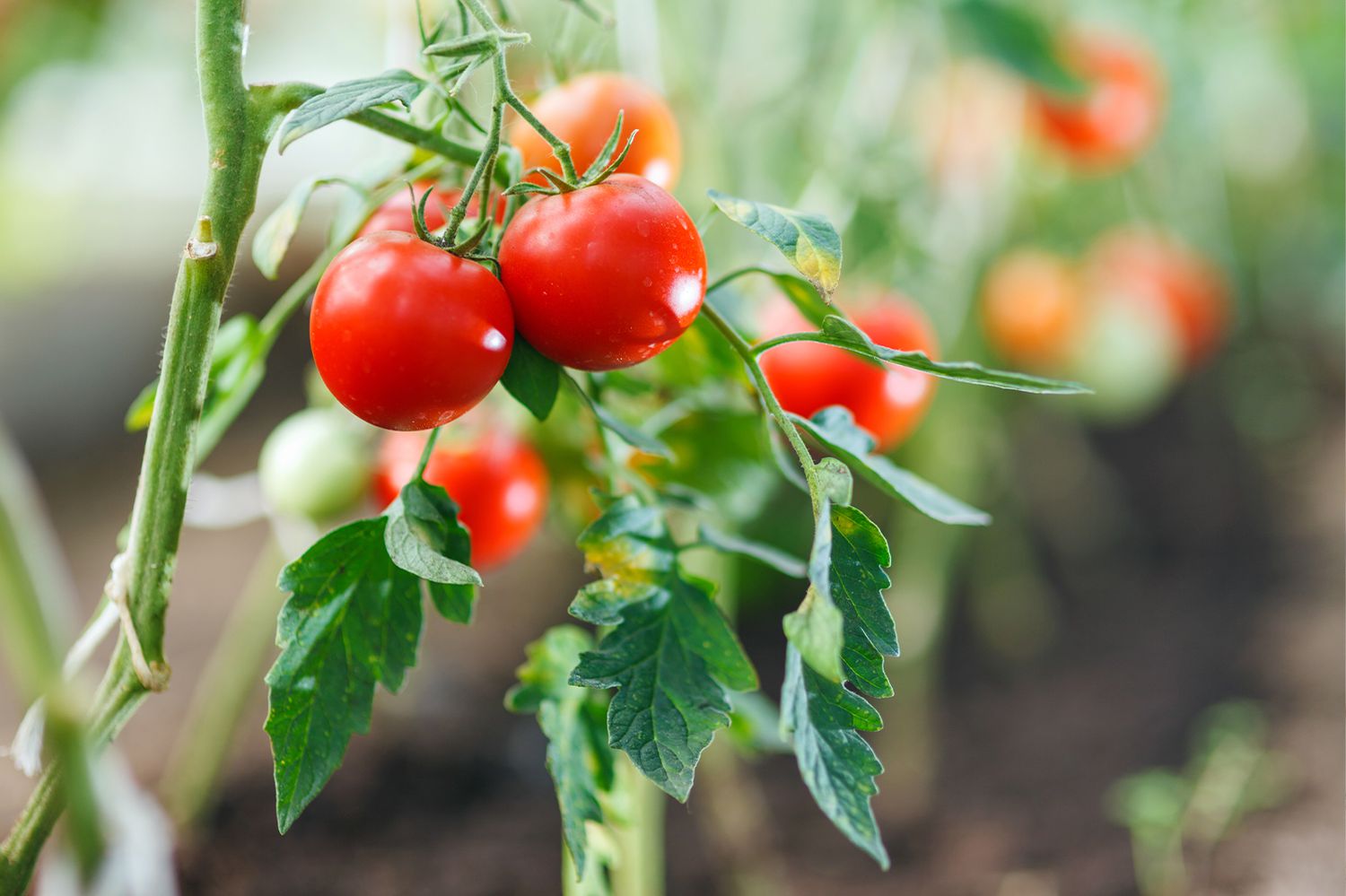
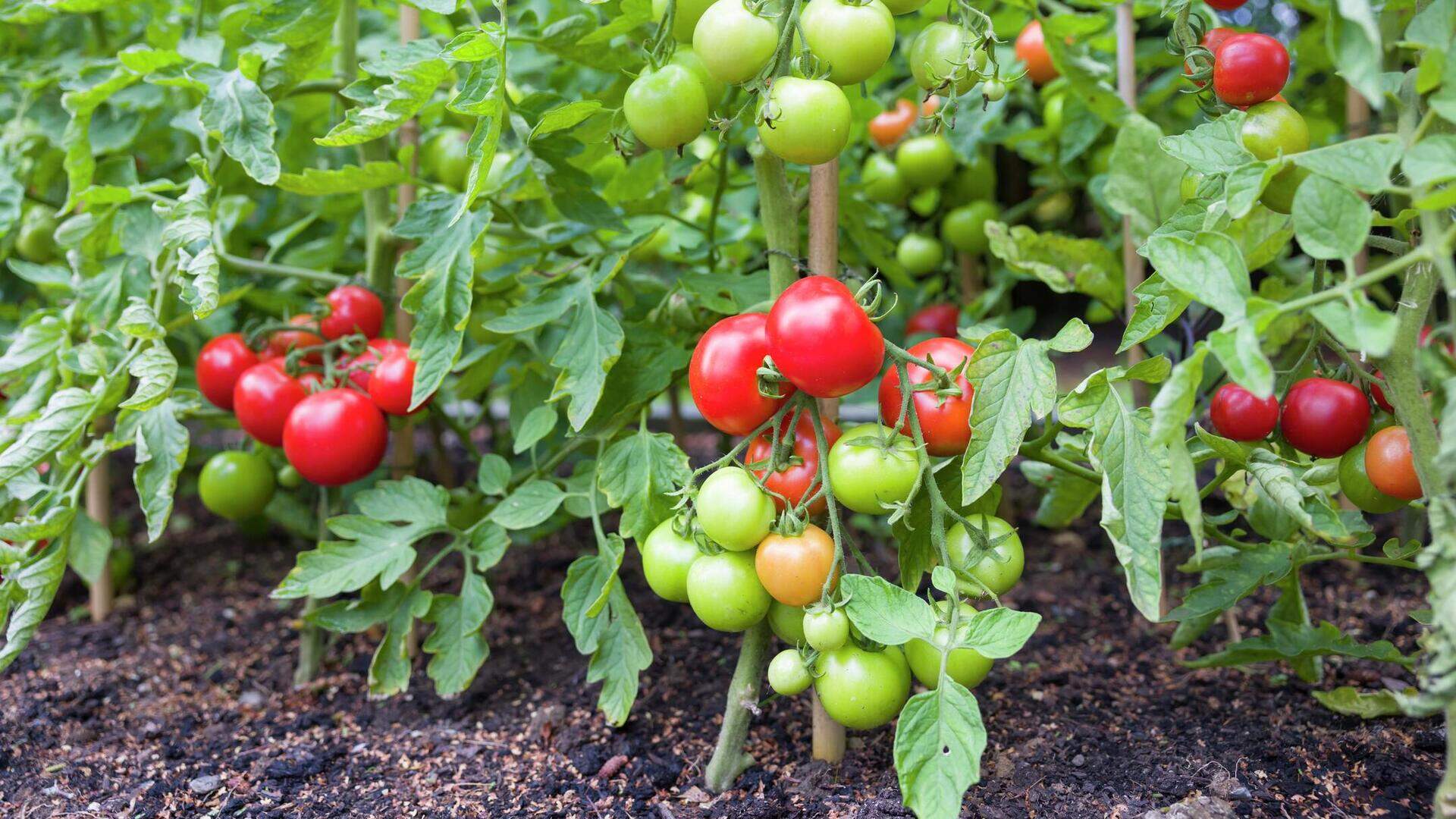
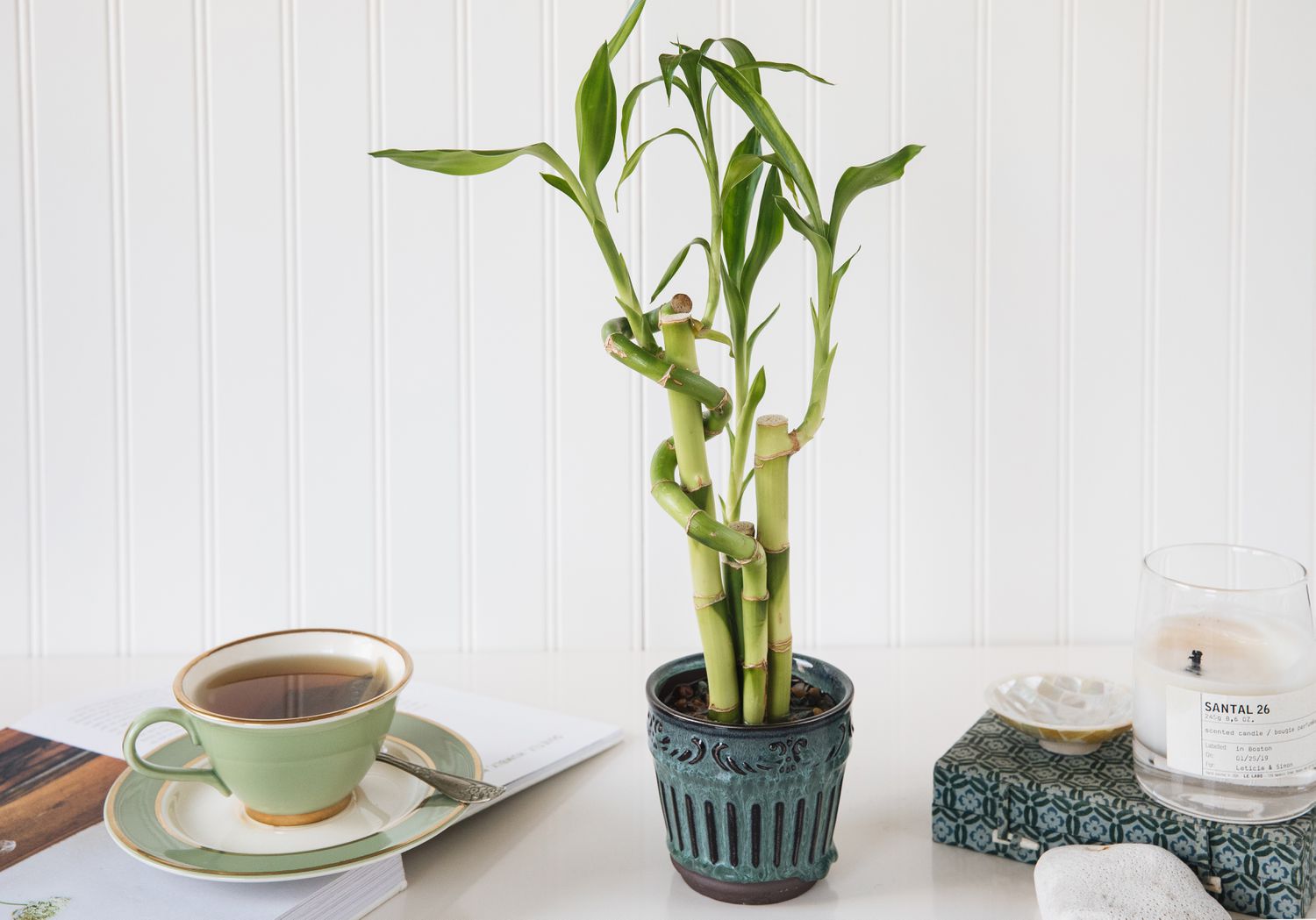
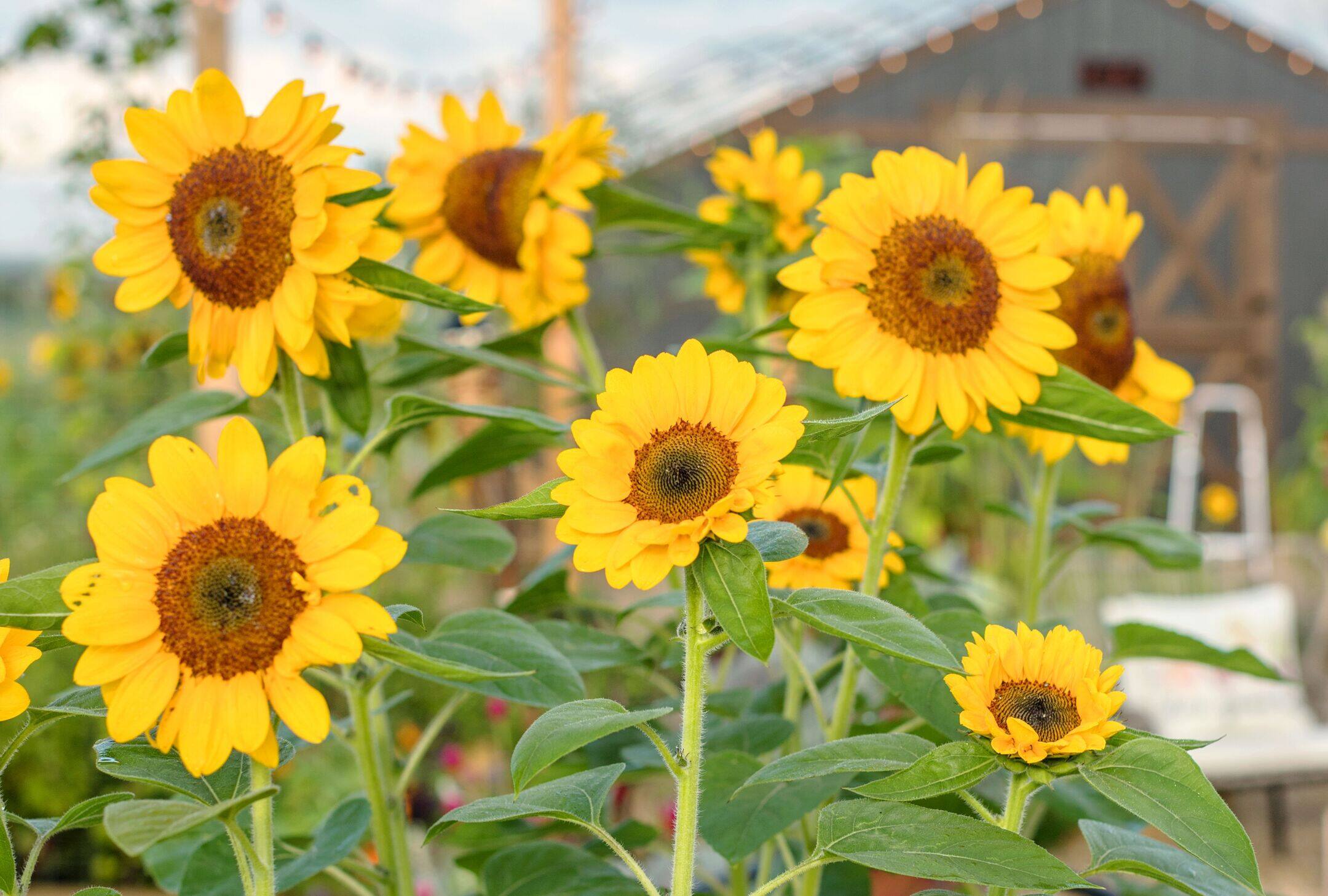
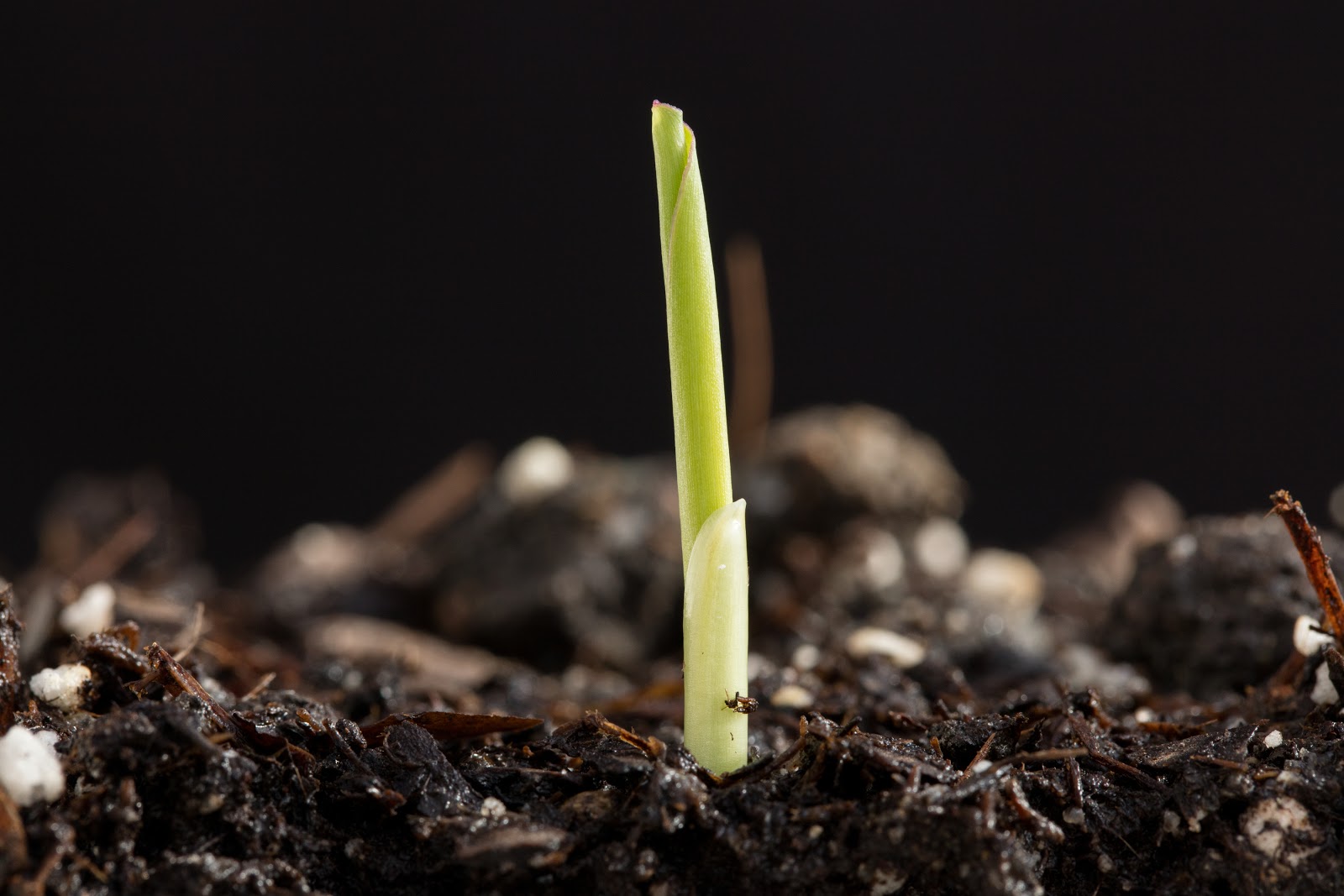
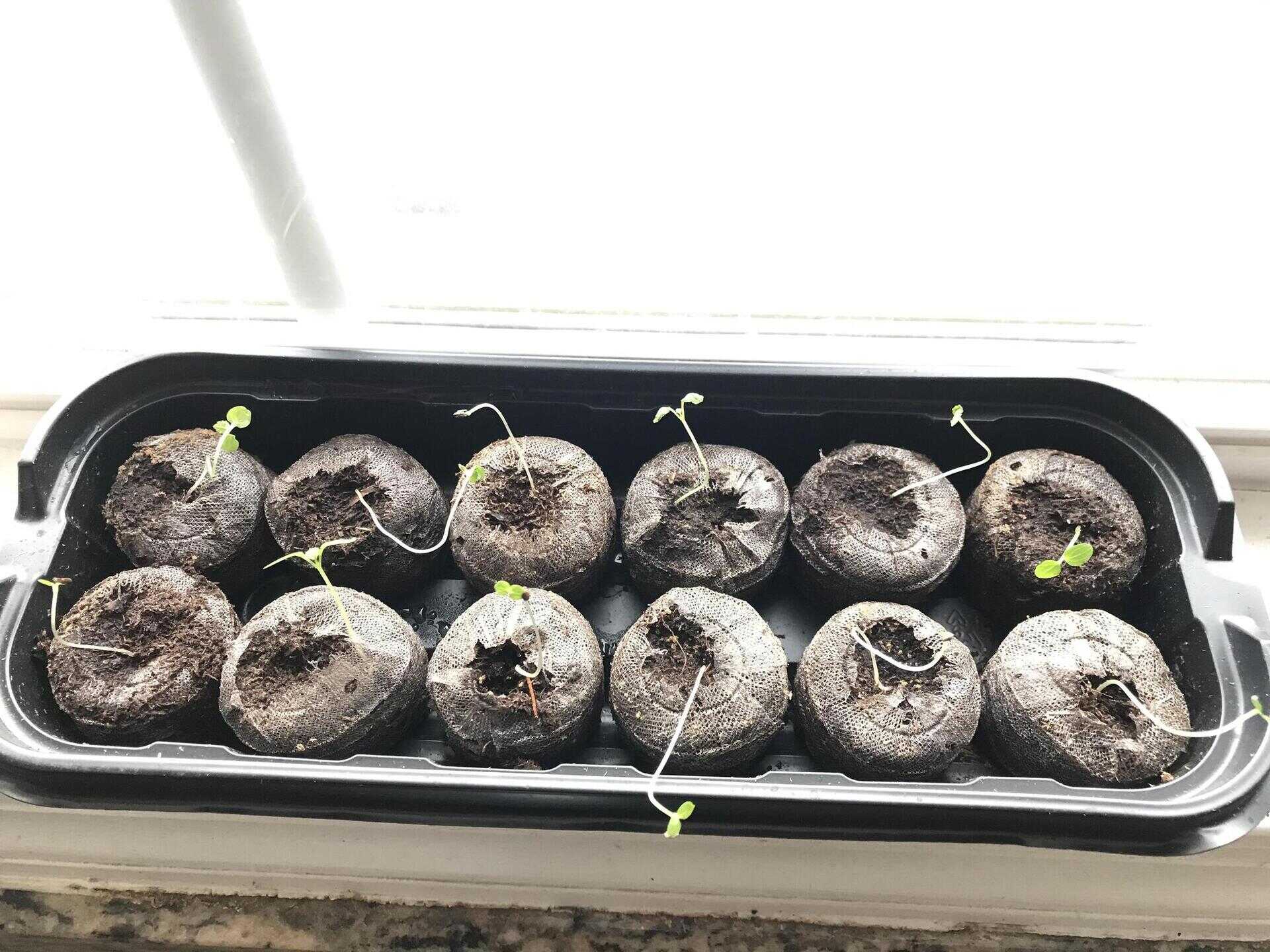
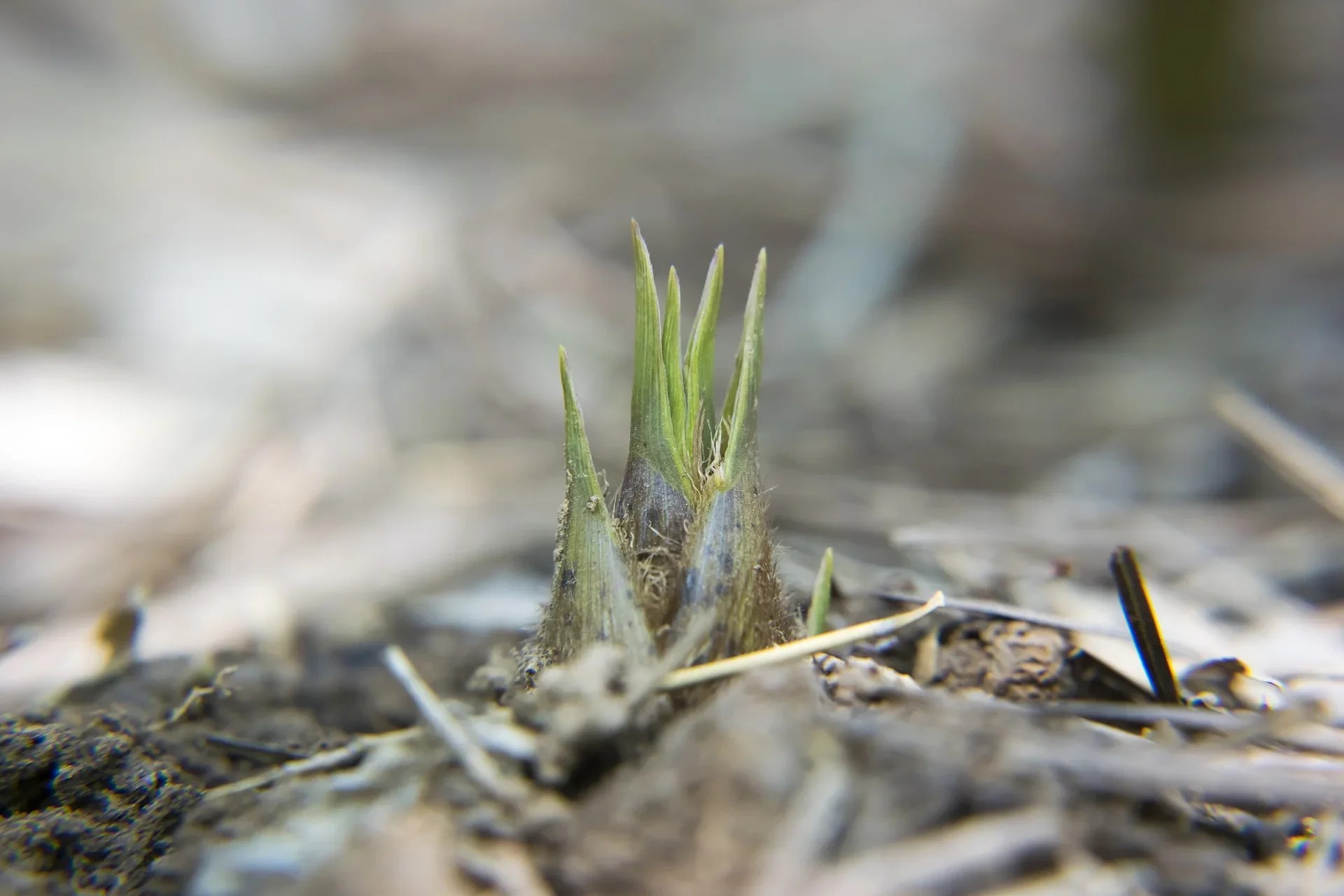
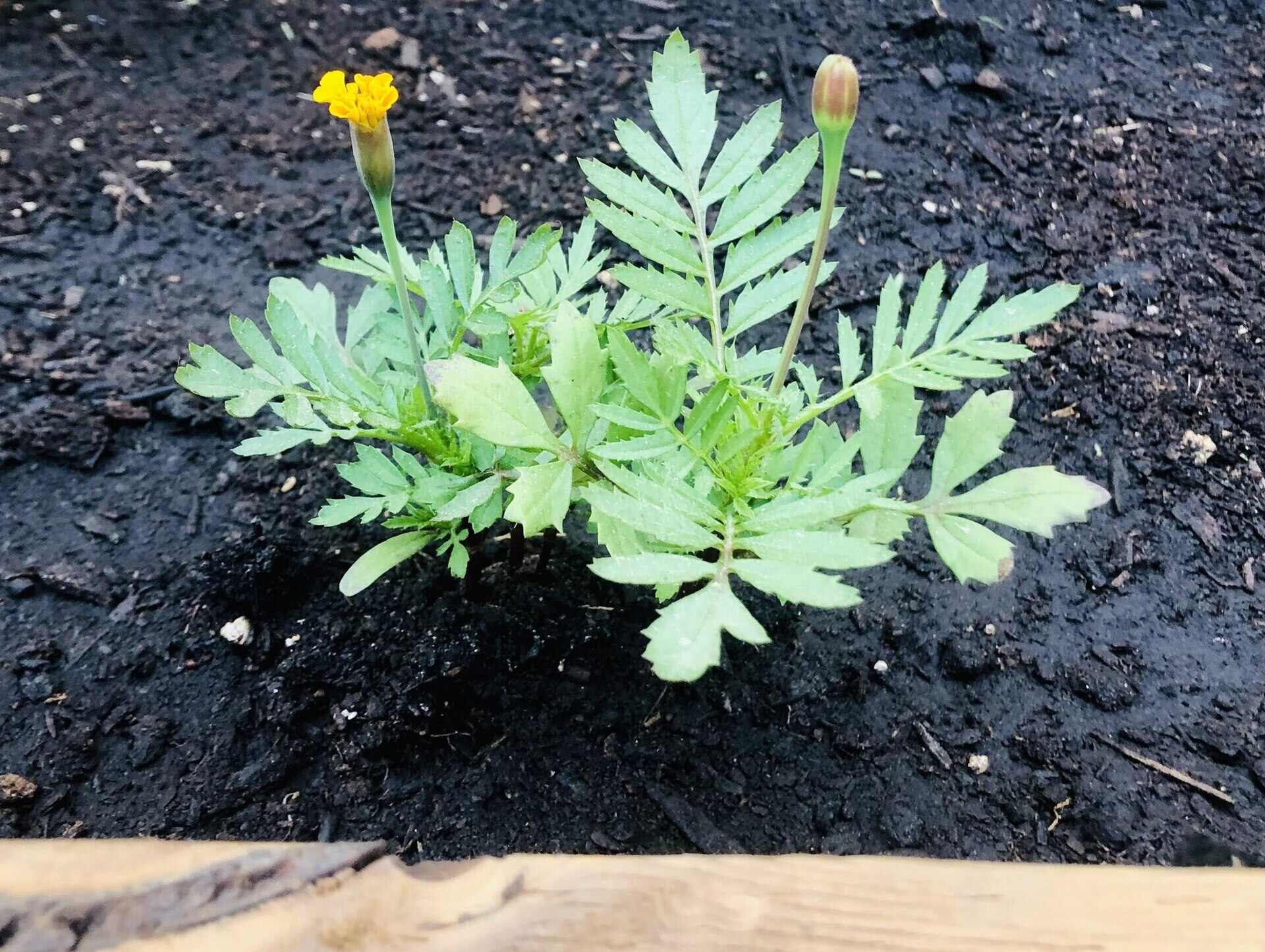
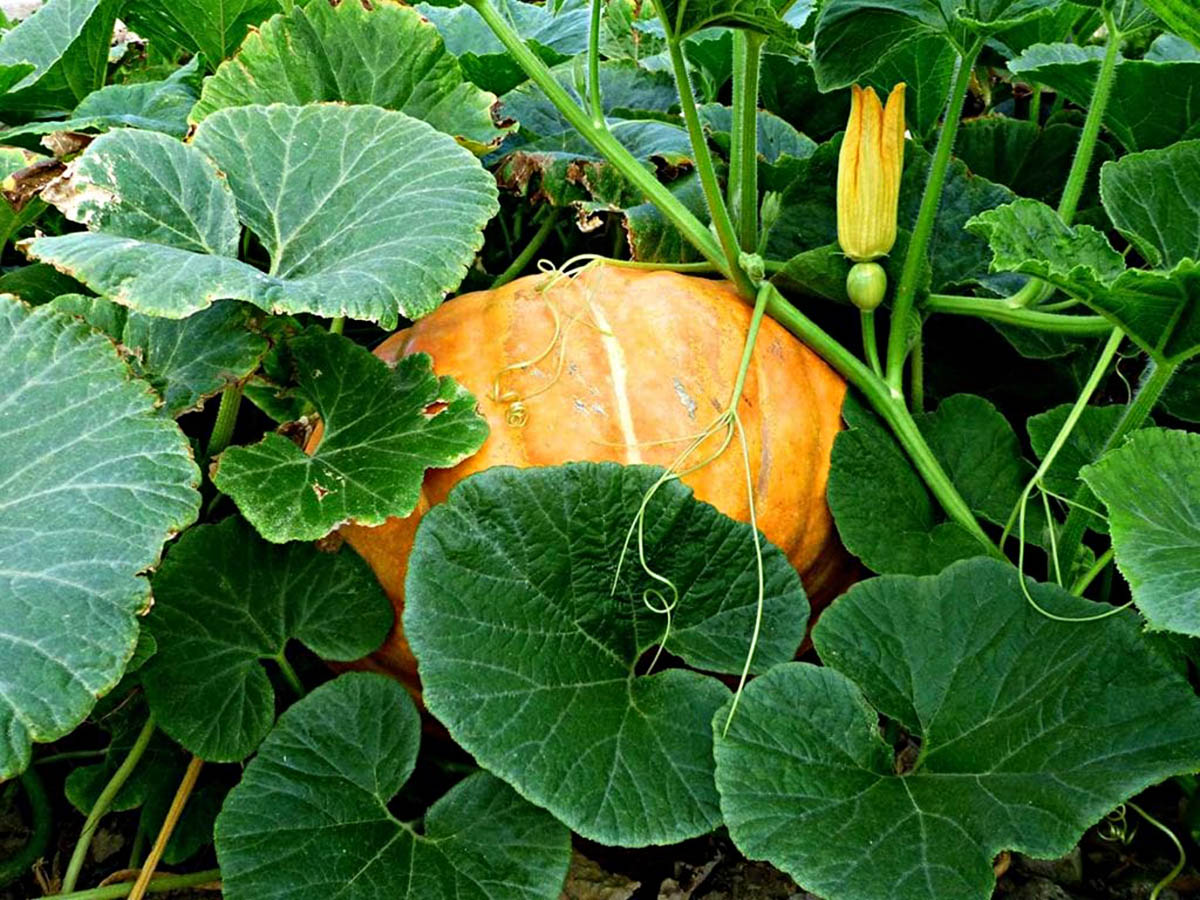
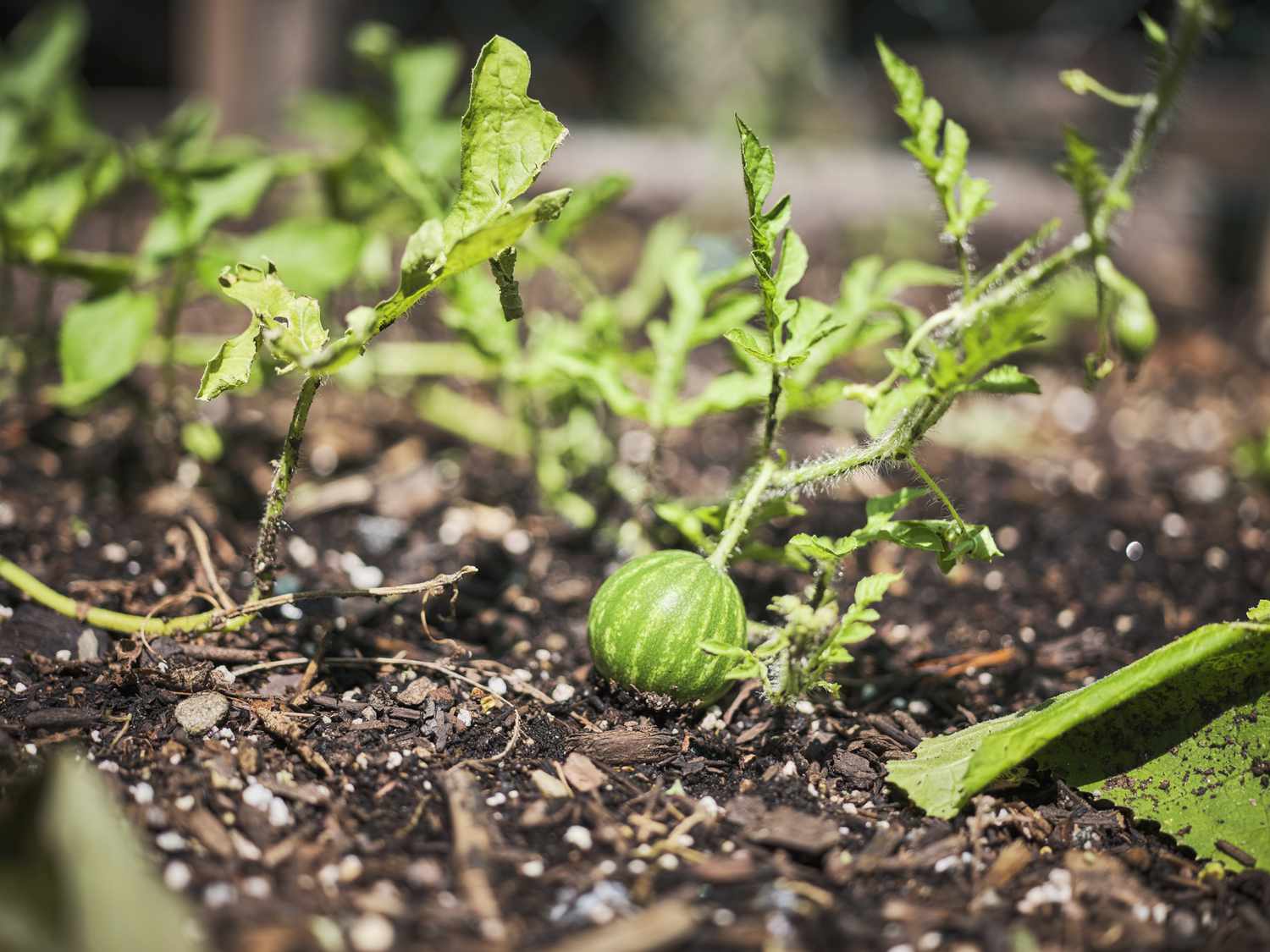
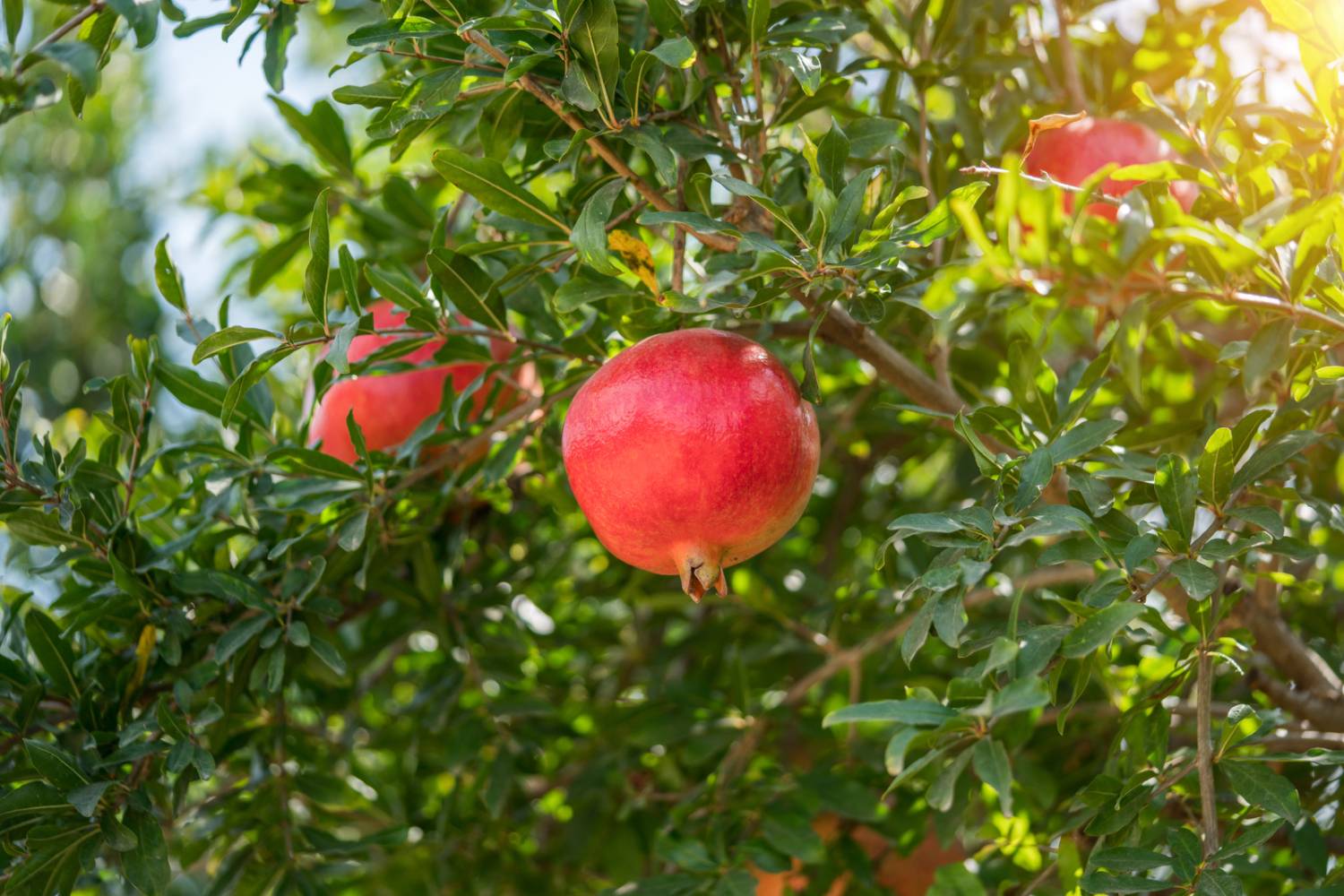
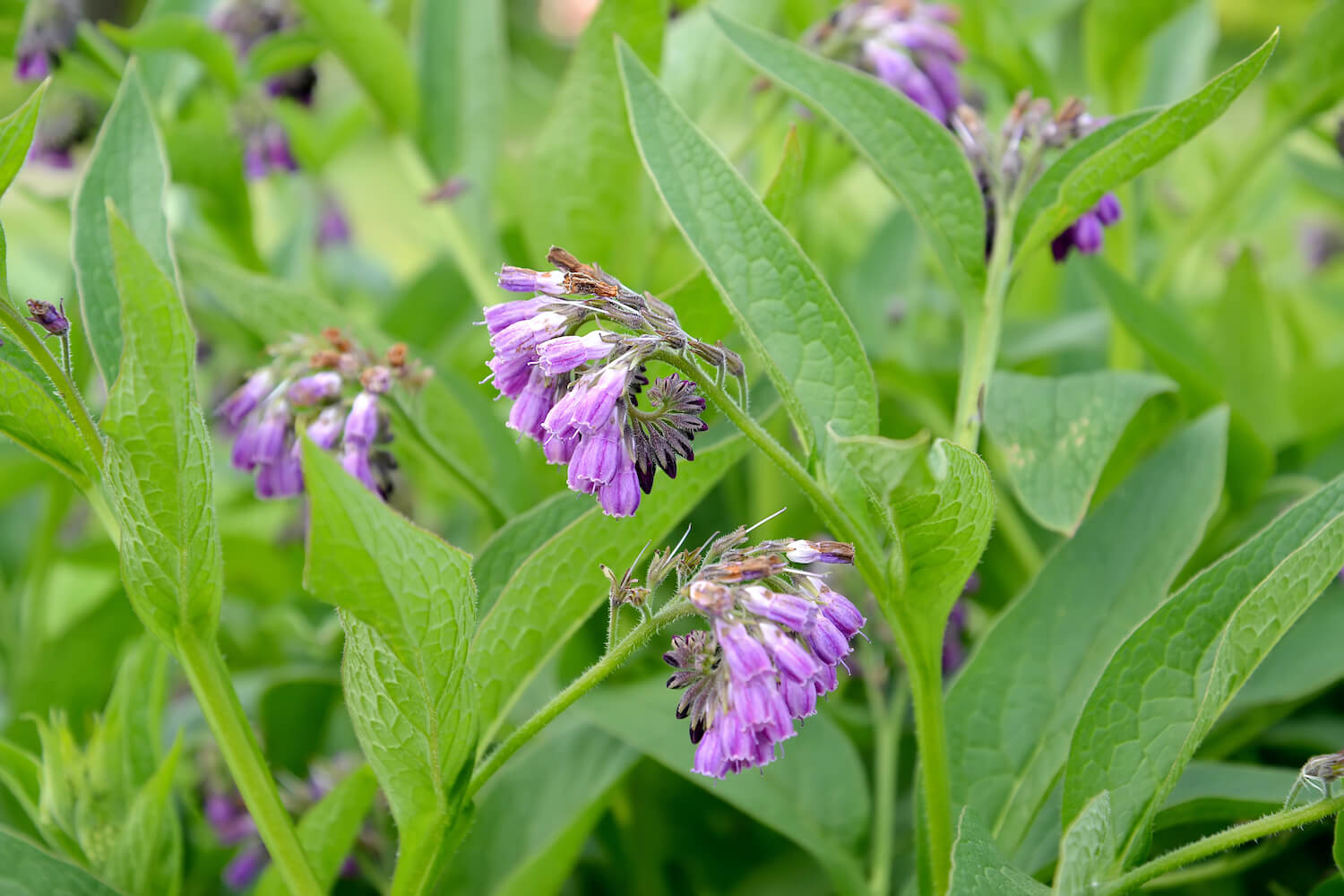
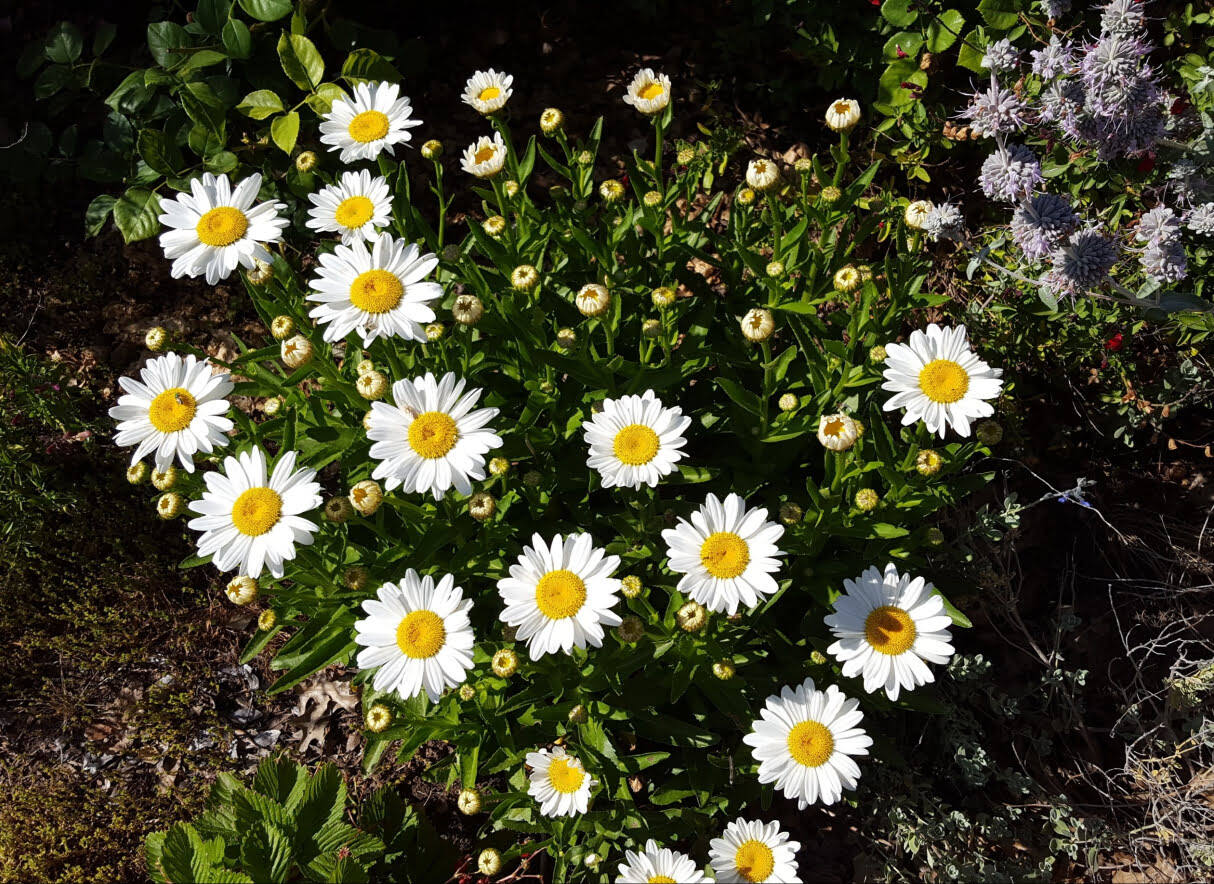
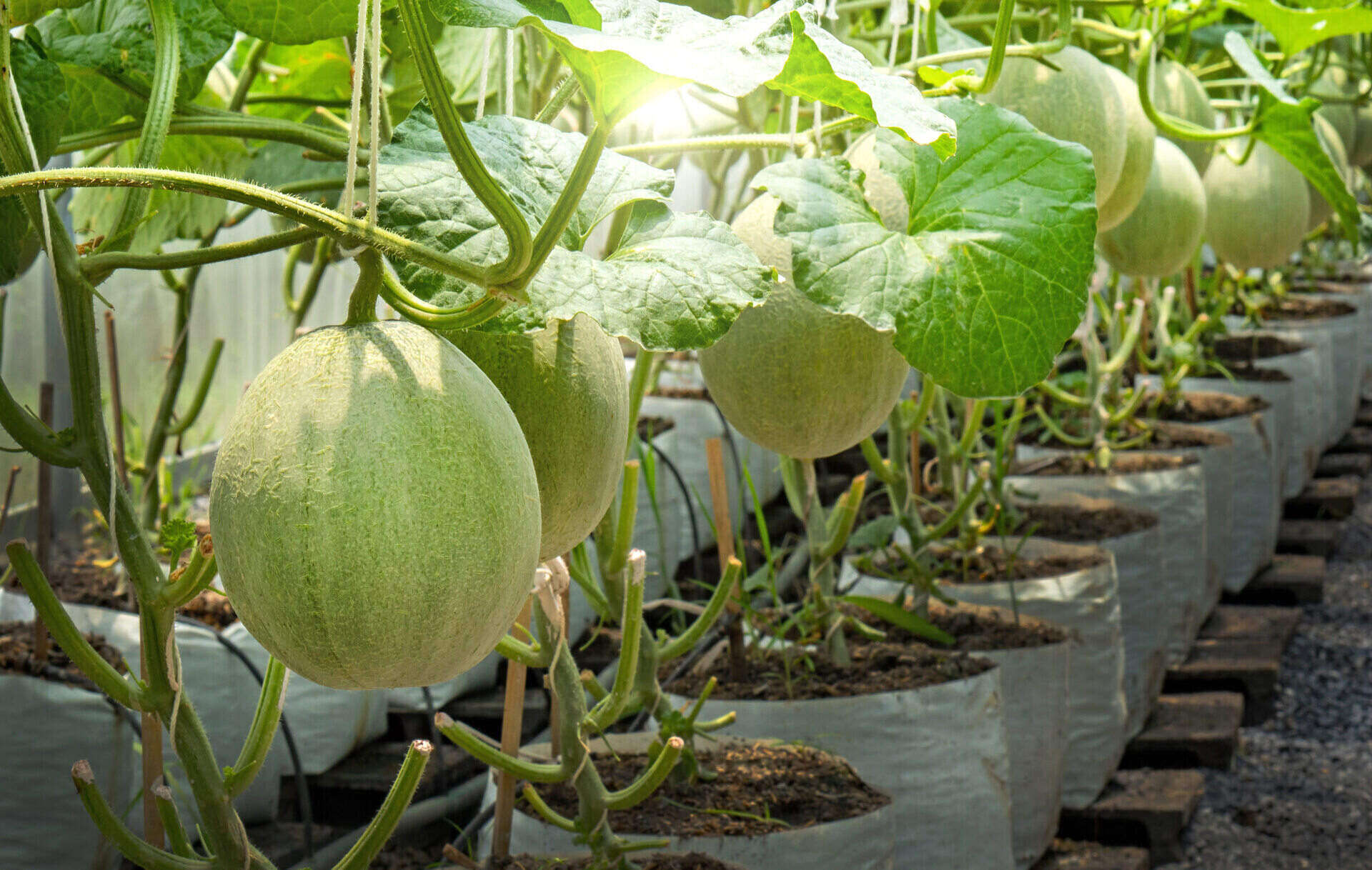

0 thoughts on “How Long Does It Take To Grow Pumpkins From Seed”